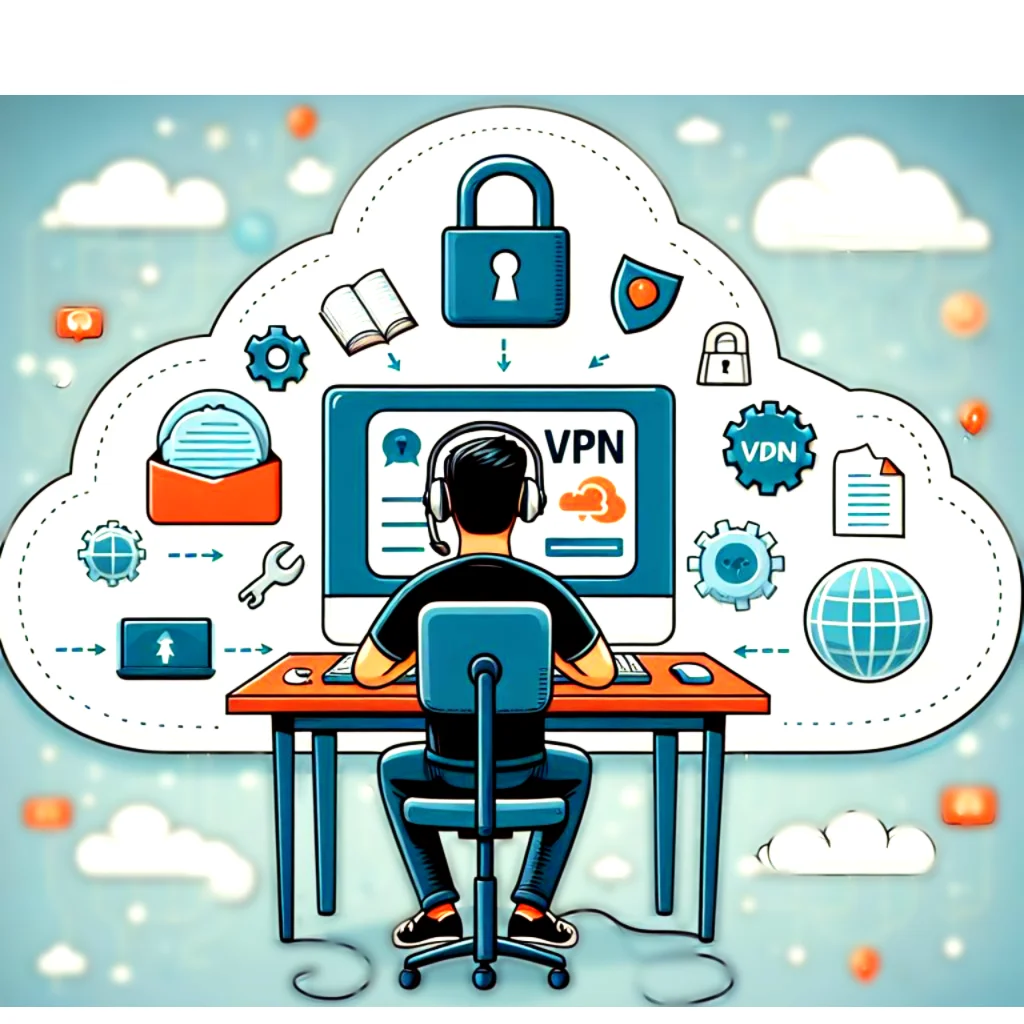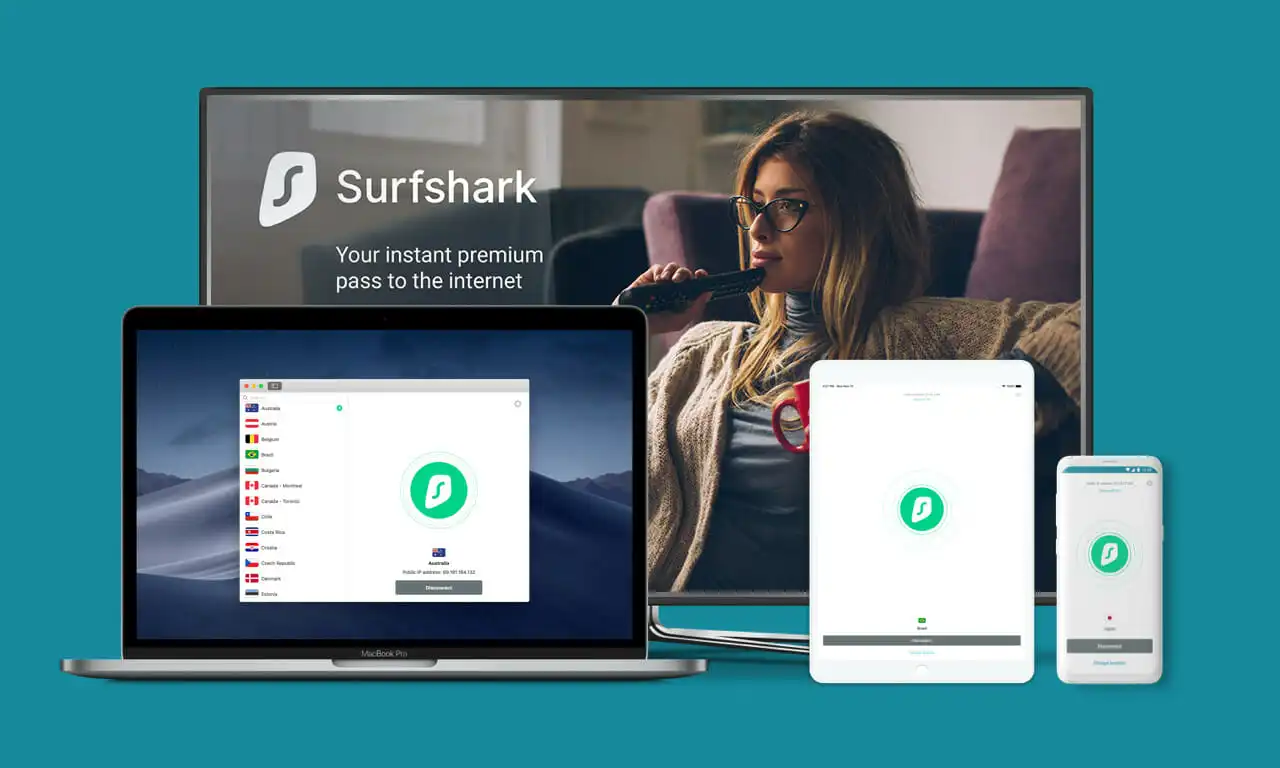Setting Up and Using a VPN
Installing a VPN
Setting Up a VPN is a straightforward process that can greatly enhance your online privacy and security. To get started, you’ll need to choose a reliable VPN provider that meets your needs. Look for features like strong encryption, a wide range of server locations, and a user-friendly interface. Once you’ve selected a provider, sign up for an account and download the VPN software or app onto your device. Most VPN providers offer versions for various operating systems, including Windows, macOS, iOS, and Android.
Next, follow the installation prompts to install the VPN software on your device. This usually involves agreeing to the terms and conditions and choosing the desired installation options. Once the installation is complete, you can launch the VPN software and start configuring your settings. Depending on the VPN provider, you may be able to choose a server location and customize other preferences. After setting up your VPN, you can start using it to protect your online activities and encrypt your internet connection. Remember to connect to the VPN server whenever you want to browse the web anonymously or access region-restricted content.
Connecting to a VPN
To connect to a VPN after installing it, you need to open the VPN application on your device. Once opened, you will be presented with a user-friendly interface that allows you to select the server location you want to connect to. This is an important step as it determines the virtual location you will appear to be accessing the internet from. Some VPN providers offer a recommended server option, which automatically selects the best server based on your location and network conditions. However, if you have specific requirements or preferences, you can manually choose a server from the list provided by the VPN application.
After selecting the server, you can initiate the connection by simply clicking on the “Connect” button. The VPN application will then establish a secure connection between your device and the chosen server. This process may take a few moments, depending on your internet connection speed and the server’s availability. Once the connection is established, you will notice a notification or indicator confirming that you are now connected to the VPN. At this point, all your internet traffic is encrypted and routed through the VPN server, ensuring enhanced privacy and security while browsing the web.
Configuring VPN Settings
Keywords: protocols, encryption, server locations, authentication, kill switch
When configuring VPN settings, it is essential to pay attention to the protocols and encryption methods used. These parameters determine the level of security provided by the VPN connection. Popular protocols include OpenVPN, L2TP/IPSec, and IKEv2, each with its strengths and weaknesses. Users should select the protocol that aligns with their needs for privacy and speed. Encryption methods, such as AES-256, provide an additional layer of security by encoding the data transmitted through the VPN tunnel.
Another crucial aspect of configuring VPN settings is selecting the desired server location. VPN services typically offer servers across different countries and continents. By choosing a server location, users can mask their real IP address and appear as if they are browsing the internet from another country. This feature is particularly useful to access geo-restricted content or to enhance privacy by appearing in a different location. Additionally, users should consider the authentication method provided by the VPN service, ensuring that it meets their security requirements. Lastly, enabling a kill switch can be a valuable setting, as it automatically blocks internet access if the VPN connection drops, preventing any potential data leaks in the unprotected state.
Note: The article continues with further information and advice on configuring VPN settings.
Troubleshooting Common VPN Issues
Problem: VPN connection keeps dropping
One common issue that users may encounter when using a VPN is a constantly dropping connection. This can be frustrating, especially if you rely on the VPN for security or to access restricted content. There are a few potential reasons why this might be happening. First, check your internet connection to ensure that it is stable and not experiencing any interruptions. A weak or unstable internet connection can cause the VPN to disconnect frequently. Additionally, make sure that you are using the latest version of the VPN software and that it is compatible with your operating system. Outdated software can sometimes cause connectivity issues. Lastly, try connecting to a different server within the VPN network. Sometimes, the server you are connected to may be experiencing high traffic or technical difficulties, leading to a drop in connection. By switching to a different server, you may be able to resolve the issue and maintain a stable VPN connection.
Problem: Unable to access certain websites or services with VPN
Another common problem that users may encounter when using a VPN is the inability to access certain websites or services. This can be frustrating, especially if the purpose of using a VPN is to bypass geographical restrictions. In some cases, this issue may be caused by the VPN’s server location. Some websites and services may have restrictions in place that prevent access from certain VPN server locations. To resolve this, try connecting to a different server within the VPN network that is located in a region where the website or service is accessible. Additionally, check the VPN settings to ensure that you are not using any protocols or features that could potentially block or restrict access to certain websites or services. If the problem persists, try reaching out to the VPN provider’s customer support for further assistance. They may be able to provide additional troubleshooting steps or suggestions to help you access the desired websites or services.



